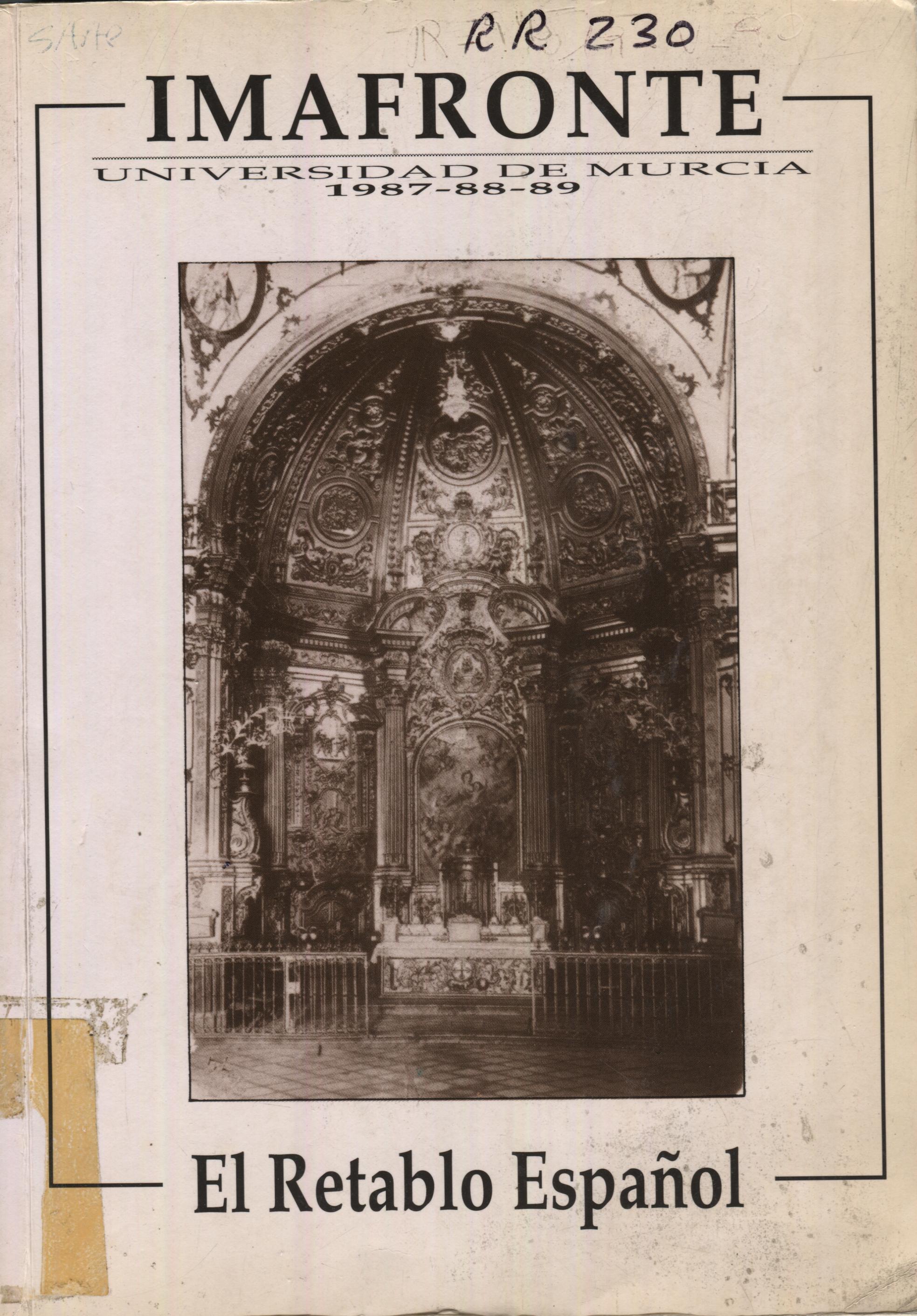EL RETABLO RENACENTISTA EN GALICIA
Resumen
Despite the few specitnens preserved, the retable-making activity fiad to be a quire important one in Galicia during the XVIth century, judging from documental evidence. In accordance to these scarce samples, several periods may be noticed from such sixreenth-century altarpieces. The first decades of rhe century still preserve rests of Gothic formulas, as we are able to observe in the retable at Orense cathedral, ascribed to Cornielles of Holland. From the establishing of this artist in Santiago of Compostela onwards, a turn in this production may be observed roward the plateresque retable, under the influence of Juan de Alava and his circle. We have an example of this in the main retable at Lugo'cathedral, made by Cornielles between 1531 and 1534. After this artist disappeared it happened a blank during the middle years of the century, rhough orher important works were mude which denore Juni's influence; that is the case of the rerable de la Quinta Angustia [the Fifth Afliction], ar Orense cathedral, atrribured to the Maestro de Sobrado [Master of Sobrado]. Far in the last third of the century we may perceive a busy activity in Galician workshops, in a ritne in which the classicism retable asserrs itself. Juan de Angés el Mozo [the Young], of León, works in Orense and he is the author of the retable de las Nieves [Our Lady of the Snow], at the cathedral, among others.Descargas
-
Resumen465
-
PDF245
Las obras que se publican en esta revista están sujetas a los siguientes términos:
1. Los autores ceden de forma no exclusiva a la revista los derechos de explotación (reproducción, distribución, comunicación y transformación).
2. Las obras que se publican en esta revista están sujetas a la licencia Attribution-ShareAlike 4.0 International (CC By SA 4.0). Por lo que se pueden copiar, usar, difundir, transmitir y exponer públicamente, siempre que:
i) se cite la autoría y la fuente original de su publicación (revista, editorial y URL de la obra), permitiendo así su reconocimiento.
ii) se permite remezclar, transfromar o crear a partir del material mientras se mantenga la misma licencia del original.
3. Condiciones de auto-archivo. Se permite y se anima a los autores a difundir electrónicamente las versiones pre-print (versión antes de ser evaluada) y/o post-print (versión evaluada y aceptada para su publicación) de sus obras antes de su publicación, ya que favorece su circulación y difusión más temprana y con ello un posible aumento en su citación y alcance entre la comunidad académica. Color RoMEO: verde.
























